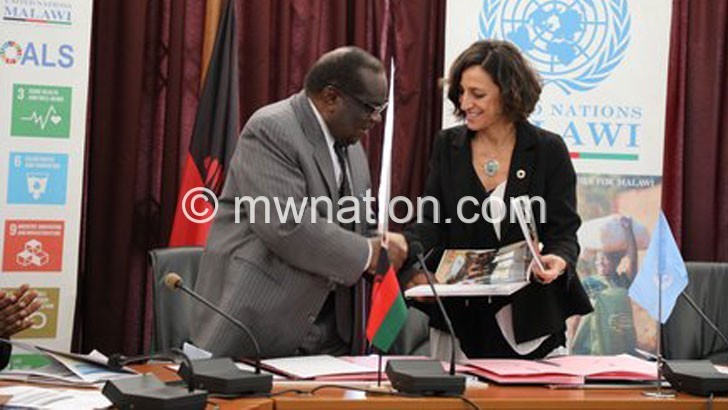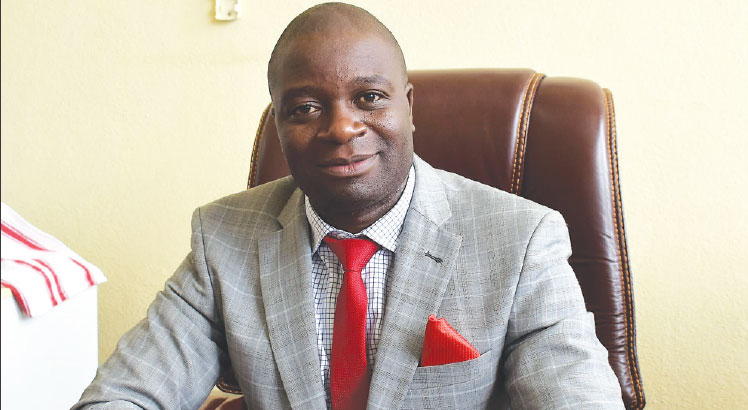On Malawi’s stolen minerals
Recently, you may have heard that a company has stolen some of Malawi’s minerals disguised as a sample. This is probably not the first time you have been told such a story.
In case you missed it, let me summarise the story. A company is interested in producing vibranium, let us say. They hear Malawi has the right geology for vibranium, so they purchase maps and data from the Geological Survey Department. They then identify areas of interest and apply for an exploration licence with the Department of Mines before they start work. This includes raising money for exploration—risky business as they might not find suitable amounts or quality of vibranium to extract.

During this exploration, the firm announces it has exported some samples for testing. It seems a lot of our earth and we think they have got away with tonnes of vibranium. We have been cheated—again, we say!
In fact, this story is hardly surprising. We are inundated with story upon story of corrupt officials who colluded with companies or self-serving business people to make a profit at the nation’s expense.
We must keep a close eye on industry practice and keep in check those charged with overseeing Malawi’s mining, oil and gas sectors. Indeed, there are some serious unresolved problems.
Yet sampling is a necessary part of understanding the minerals we have as a country. It should not be confused with stealing or smuggling our stones.
Malawi recently updated its geological maps following the airborne geophysical surveying, kauniuni, undertaken to know what minerals we have. The maps point us where minerals might be found. However, difficult and expensive work, including sampling, is required to go beyond these maps to understand the quality and quantity of minerals.
Briefly, this is what happens. The exploration company identifies the rock within the licence area where the desired mineral can be found. Not every mineral occurs in every rock formation. This is why you cannot drill for oil everywhere.
Once the rock is identified, the company may drill down to take out lots of rock samples from across the area.
The amounts extracted are targeted to be representative of the whole area—just as sampling is done in the social sciences. This means samples can vary greatly in weight and size.
Next, the samples are exported to laboratories for testing—to determine how much of the mineral is present (concentration) and what quality the mineral is (grade).
Many processes are involved to separate the mineral from waste rock. Once the company knows the quality and quantity of the mineral in the samples, they make estimates about the mineral in the entire licence area.
Even if good mineral grades and concentrations are found, the company still has to make further calculations or a feasibility study to determine whether they would make a profit. This includes considering current and future mineral prices as well as the cost of production, including electricity and transportation costs.
For many minerals, a demonstration or pilot plant is required to prove that minerals can be extracted efficiently on a large scale. The company may also need to provide samples of final products to potential customers for their own testing prior to sales agreements being finalised.
The costs of bulk sampling and pilot plant operations normally far exceed the value of any minerals extracted in this testing process.
These processes are necessary in the life-cycle of a mining project. Most importantly, any financier will want to see that these processes have been completed to a high standard before lending money for construction of the mine.
Here, of course, we also have a say as a country. Do we think the potential benefits—revenue and spill-over effects like employment, infrastructural development—outweigh the costs and risks to society and the environment?
That is the discussion we need to have.





